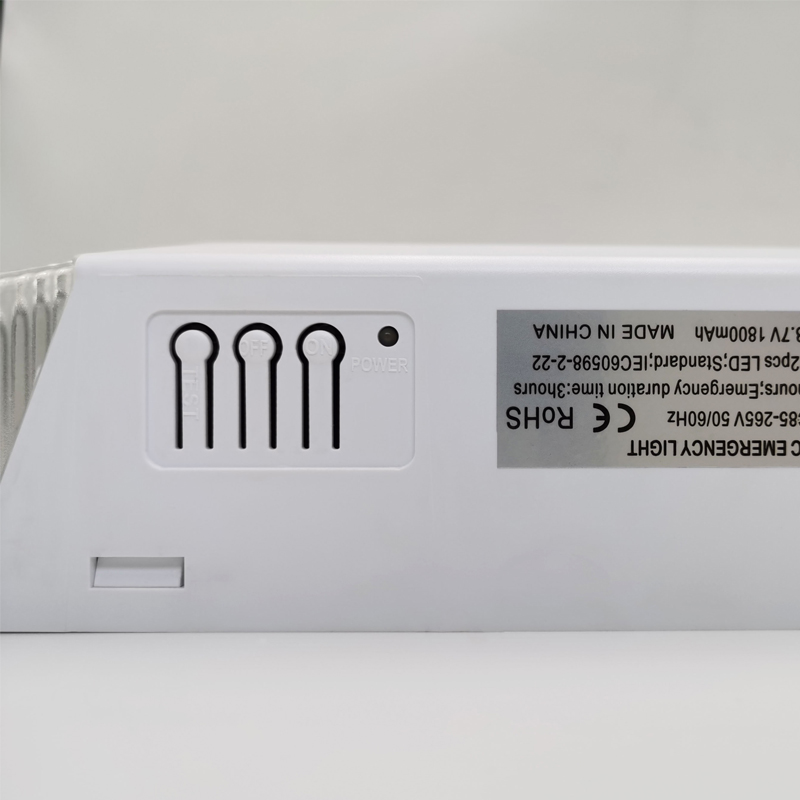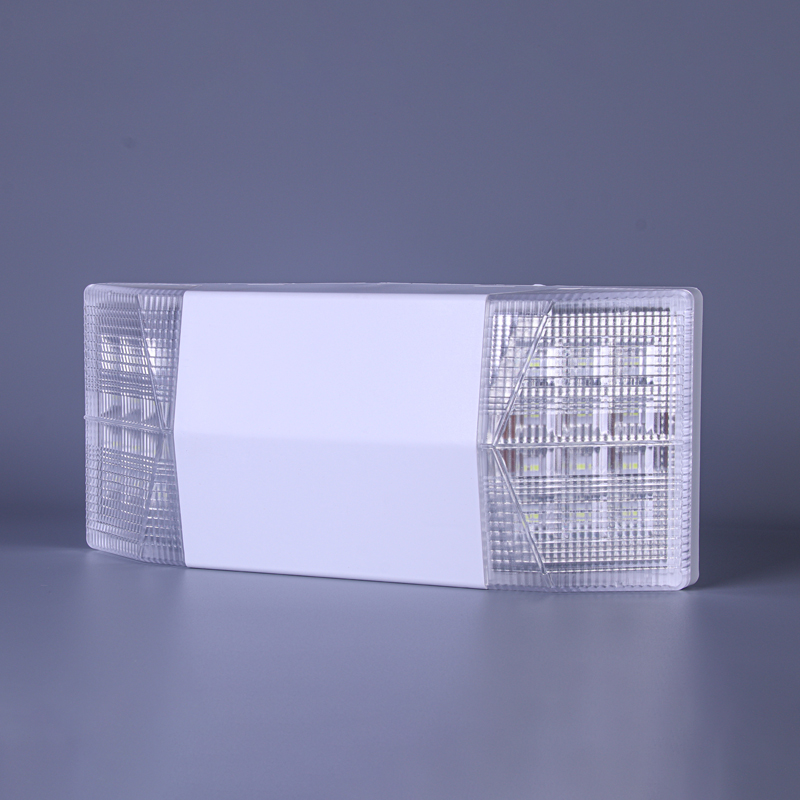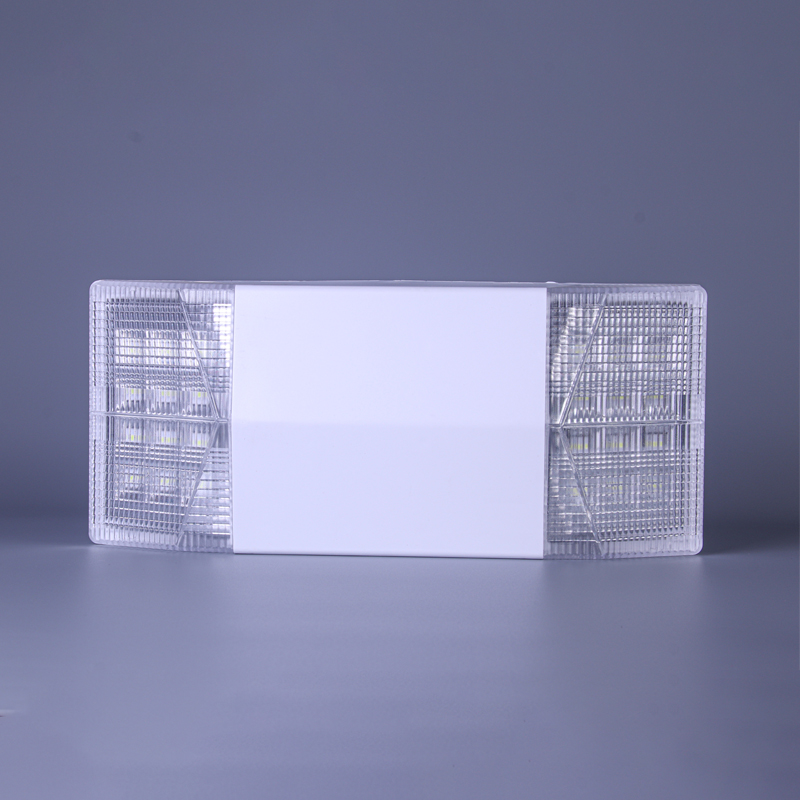
How do innovations affect emergency lamps?
2025-01-11
In the modern world, lighting plays a key role not only in creating a comfortable atmosphere, but also in security. This is especially true for emergency lamps that become indispensable in critical situations. Technological progress and scientific discoveries significantly change the specifics of this lighting segment. Innovations are not unreasonably considered a driving force that can not only improve the quality of light, but also significantly increase the reliability and effectiveness of emergency lamps. Modern solutions allow you to implement intellectual management systems, energy -efficient technologies and more durable components. These changes not only increase productivity, but also affect the efficiency and environmental friendliness of emergency lighting. In this article we will consider how exactly innovations transformEmergency lamp, making it more adapted to the requirements of modernity.
Energy -saving technologies
LEDs (LED) turned the world of lighting, and emergency lamps were no exception. The durability and energy efficiency of LEDs significantly exceed outdated incandescent lamps and fluorescent lamps. The use of LEDs in emergency lamps can significantly reduce electricity costs. In this case, high brightness and durability remains. LEDs also have great resistance to vibrations and negative temperatures, which makes them indispensable in extreme operating conditions. In addition, LED allows you to create innovative light control systems that can automatically tune under current conditions, providing minimal energy consumption with maximum efficiency.
Technologies based on the use of LEDs also contribute to a decrease in a carbon trace. A decrease in energy expenses leads to a smaller number of greenhouse gas emissions, which makes LED lights with a more environmentally friendly solution. The integration of solar panels with storage batteries with LED light sources allows emergency systems to function completely autonomously, using renewable energy, which also contributes to sustainable development.
Smart control systems
Modern emergency lamps are becoming more intellectual thanks to the introduction of advanced control systems. These systems make it possible to automate the processes that previously demanded the participation of a person. For example, lamps are able to independently determine the level of illumination in the room and automatically regulate their brightness. In critical situations, smart systems provide instant inclusion of lamps, even if there is a complete shutdown of electricity.
Light control is now available through remote devices. Thanks to the integration of the Internet of things (IoT), companies can monitor and control lighting from any corner of the world. This allows not only to quickly respond to freelance situations, but also to conduct preventive maintenance, preventing potential malfunctions. Smart systems also include self -diagnosis functions, notifying responsible persons about the need to replace worn components, thereby increasing the reliability of the entire system.
Extension of the service life and reliability
Innovative materials and production technologies have opened a new era in the creation of components of emergency lamps. Modern materials are able to withstand severe climatic conditions, increased humidity, chemical exposure and mechanical strokes. This makes emergency lamps more durable and reliable even in the most extreme conditions.
Nanomaterial technologies allow reducing the weight and volume of installations, increasing their durability and reducing wear. New solutions also relate to power sources. Modern batteries have become easier to charge and can maintain a charge for a long time, which is critical in emergency situations. All this reduces the frequency and cost of maintenance. Replacing one element of the system now affects less critical components, which makes repairs a more prompt and less cost event.
Environmental friendliness and sustainable development
Given the global trends, it is important to create products that meet the principles of sustainable development. This also applies to emergency lamps, which are subjected to significant changes in the direction of environmental safety. The use of non -toxic materials, processed components and energy -efficient technologies helps to reduce the harmful effects on the environment. Manufacturers who introduce such decisions receive additional competitive advantages and satisfy the requirements of environmentally responsible consumers.
In addition, modern emergency lamps are developed taking into account the possibility of their disposal or secondary processing. This provides for the use of materials in their designs, which are easily lending on and processing, minimizing waste volume. Thus, the choice in favor of eco -technologies in the production of lighting is becoming a contribution to the preservation of resources and improving the environmental situation on the planet.
The impact of the introduction of innovation on the economy
The widespread introduction of innovations in the production and operation of emergency lamps has a positive impact on the economic indicators of both enterprises and states as a whole. Reducing energy costs due to energy efficient technologies allows enterprises to redistribute funds for the development of other directions, and also helps to reduce the cost of the final product. This makes products more accessible to the end consumer and allows you to expand sales markets.
On the scale of the state, innovative technologies in lighting equipment contribute to energy conservation, which reduces the load on the country's energy resources. This is especially true in the context of increasing world tariffs for energy resources and the need to abandon oil and gas in favor of renewable energy sources. The preservation of financial and energy resources makes it possible to invest in the development of other sectors of the economy, which contributes to general socio-economic growth.
Future of emergency lighting with innovation
Technical progress does not stand still and continues to have a significant impact on the sphere of emergency lighting. In the future, even greater introduction of artificial intelligence and machine learning technologies in the management of lighting systems is expected. Already, developers are working on the voice control of lamps and the possibility of their integration with smart systems of a smart house.
Technical improvementEmergency lampAlso required to affect safety aspects. There will be solutions with automatic data analysis, which will minimize the risks associated with the lack of light in critical situations. Such systems will be able to analyze the situation in real time and provide recommendations on the optimal use of lighting in a particular environment.
Innovations will continue to transform emergency lighting, making it safer, effective and affordable. Thus, thanks to the constant development of technology, we can hope to improve the quality of life and a significant reduction in risk in emergency situations.












